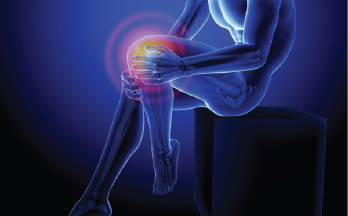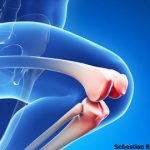
sebos / shutterstock.com
When a young patient arrives at a clinic complaining of knee pain with clicking or popping, a meniscal tear is often the culprit.
“In young [people], there’s a pretty classic presentation of meniscal tear, with clicking and other mechanical symptoms, because the tear rubs up against different tissues,” says Jeffrey Katz, MD, MSc, a rheumatologist at Brigham and Women’s Hospital in Boston and professor of medicine and orthopedic surgery at Harvard University Medical School in Boston. “It turns out, that’s not really the pathology we see in older people who have a meniscal tear.”
This is, in part, what makes a diagnosis of meniscal tear in patients 45 and older difficult and what led Dr. Katz and colleagues at Brigham and Women’s, Harvard Medical School and the Boston University School of Public Health to lead a study aimed at better diagnosing meniscal tears in older patients.1
The Study
In the cross-sectional study, published in April 2017 in Arthritis Care & Research, the researchers evaluated the clinical history, physical examination and radiographic findings (MRI) of 174 patients aged 45 and older with osteoarthritis who presented at two orthopedic clinics at Brigham and Women’s complaining of unilateral knee pain.
Among this population, the researchers identified an overall symptomatic meniscal tear prevalence of 24%, which the study authors say suggests that history, physical examination and radiographic findings can prove helpful in diagnosing symptomatic meniscal tears. They also developed an index based on regression analysis to help define the independent factors associated with symptomatic meniscal tear.
The mean age of patients recruited was 63 years, with a standard deviation of 9. More than two-thirds of the subjects were older than 60, and 40% were male. One-third had a body mass index greater than 30 and reported moderate-to-severe knee pain with functional limitation. Ninety-seven percent presented with an osteophyte on radiography.
The researchers asked the clinics’ experienced orthopedic surgeons, blinded to radiographic results, to rank their confidence that each patient’s symptoms were due to meniscal tear. Patients for whom the clinicians reported 70% or higher confidence in a symptomatic meniscal tear were defined as diagnosed.
“We gathered data on elements of clinical history and data on physical examination and compared that with physicians’ impressions of what diagnosis the patient had,” Dr. Katz explains. “Physicians told us how confident they were the symptoms were due to meniscal tear, and we related the two of them to determine how well a physical exam and history signals a predicted meniscal tear.”


